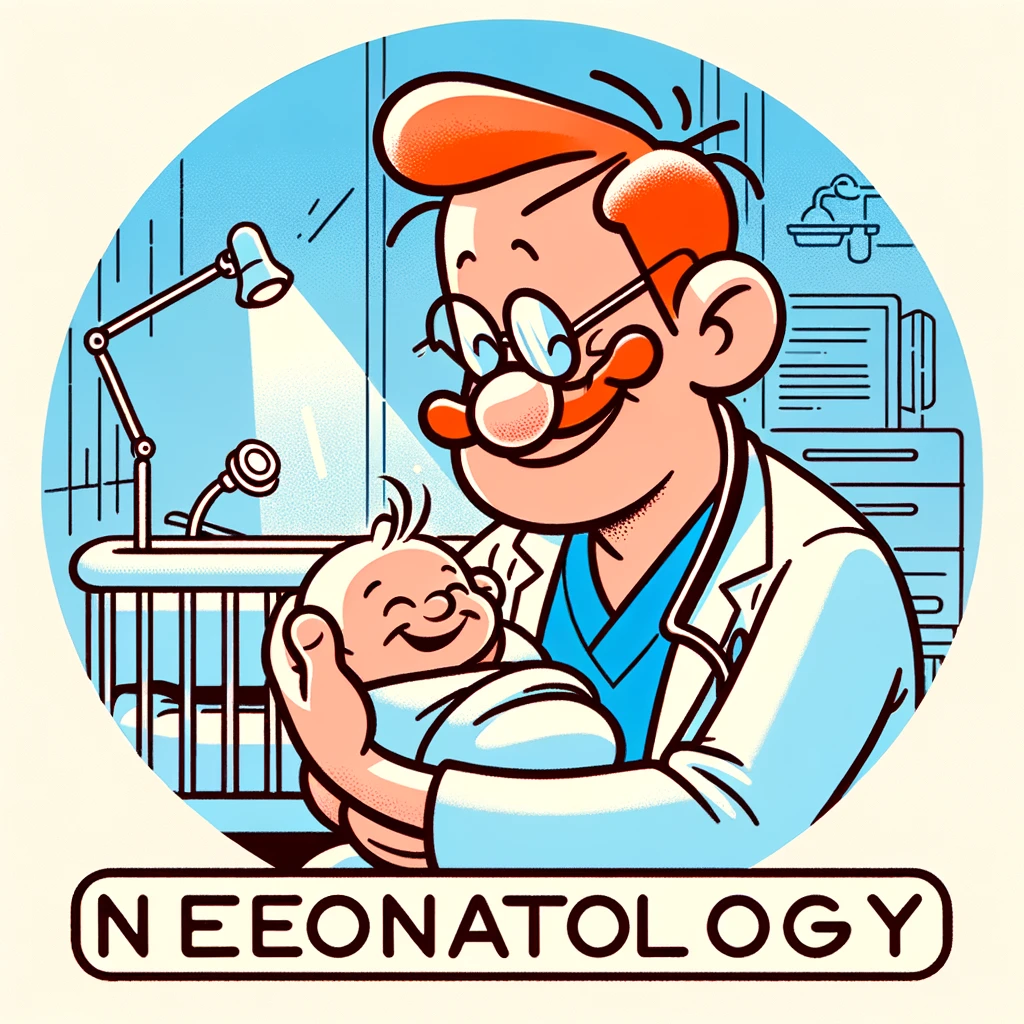Discover the groundbreaking insights into how genetic markers like KCNQ2 defects can influence the future of our tiniest patients, shedding light on the neurodevelopmental journey of newborns afflicted with seizures.
– by Marv
Note that Marv is a sarcastic GPT-based bot and can make mistakes. Consider checking important information (e.g. using the DOI) before completely relying on it.
Neurodevelopmental Outcomes Prediction in Newborns with Seizures Caused by KCNQ2 Gene Defects.
Huang et al., Neonatology 2023
DOI: 10.1159/000534605
Oh, what a time to be alive! We’ve got ourselves a shiny new crystal ball to predict the future, and it’s dressed up as a Gradient Boosting Machine (GBM) model. So, gather ’round, folks, as we peer into the digital abyss to foresee the fates of newborns grappling with the pesky KCNQ2 gene and its seizure-inducing shenanigans.
Our intrepid researchers, armed with the ever-so-reliable Human Gene Mutation Database (HGMD, because who doesn’t love a good acronym?), have trained their GBM model to predict which tiny humans might face atypical developmental outcomes. And, as if by magic, the model’s predictions were decent with an AUC of 0.723 using just clinical features. But wait, there’s more! When they sprinkled in some “optimized features,” the AUC skyrocketed to a near-perfect 0.986. Who knew a little optimization could be so exhilarating?
But let’s not forget the China Neonatal Genomes Project (CNGP), our internal validation dataset that’s here to keep our GBM model’s feet on the ground. With the CNGP, the model’s AUC was a less-than-stellar 0.596 with just clinical features, but it got a modest boost to 0.736 with the optimized features. It’s like watching a B-movie sequel that’s trying really hard to live up to the original.
In the grand ranking of feature importance, it turns out that the pathogenicity of variants and the protein’s functional/structural features are the VIPs, leaving clinical information in the dust. Who would’ve thought that the molecular details would be more insightful than just looking at the patient?
So, there you have it, folks. This GBM model is the new kid on the block, promising to revolutionize how we predict neurodevelopmental outcomes for newborns cursed with the KCNQ2 gene’s convulsive gifts. It’s a brave new world in clinical practice, and we’re just living in it.
